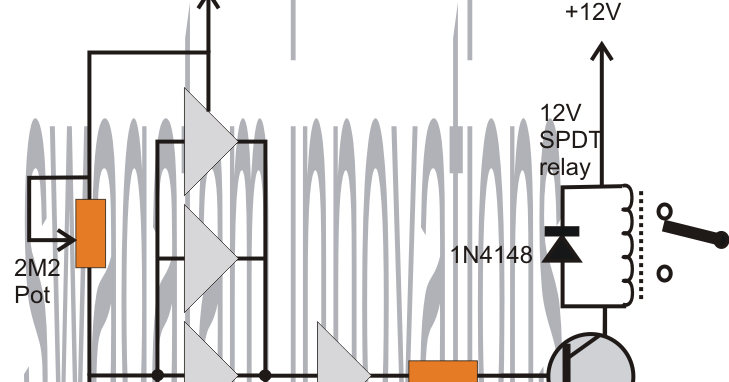

When running in the foreground, the throttling minimum delay is still 4ms.
#Simple delay timer for android#
Firefox for Android has a minimum timeout of 15 minutes for inactive tabs and may unload them entirely.Firefox Desktop and Chrome both have a minimum timeout of 1 second for inactive tabs.The specifics of this are browser-dependent: It may also be waived if a page is playing sound To reduce the load (and associated battery usage) from background tabs, browsers will enforceĪ minimum timeout delay in inactive tabs. addEventListener ( "click", run ) Timeouts in inactive tabs param1, …, paramN OptionalĪdditional arguments which are passed through to the function specified by Note that in either case, the actual delay may be longer than intended see Reasons for delays longer than specified below.Īlso note that if the value isn't a number, implicit type coercion is silently done on the value to convert it to a number - which can lead to unexpected and surprising results see Non-number delay values are silently coerced into numbers for an example. Is used, meaning execute "immediately", or more accurately, the next event cycle. If this parameter is omitted, a value of 0
#Simple delay timer code#
The specified function or code is executed. The time, in milliseconds that the timer should wait before Recommended for the same reasons that make using Which is compiled and executed when the timer expires. codeĪn alternative syntax that allows you to include a string instead of a function,

in this pair, the output will become higher.A function to be executed after the timer expires. In the Darlington pair of transistors, the base of the 2nd transistor will get a small voltage from the emitter of the 1st transistor. this combination of two transistors is called the Darlington pair. Transistor Q1 will get a small voltage at its base terminal for turning on and this single transistor gives very less current that not be able to activate the relay so another transistor is connected with the emitter of the first transistor to make high output current. 56K resistor is used in the circuit for the discharging of capacitor C1. This circuit is working on the charging and discharging duration of capacitors. If you want more time duration then connect more than 2200uf value capacitor or connect more with parallel. I suggest using a small size PCB Relay of 12v 20A. When switch off this circuit, the capacitor is discharged and it ready for next time to provide delay time. The Timing delay is produced by the charging time duration of the capacitor. And this transistor is also turned on and the Connected relay is activated now. After the capacitor gets fully charged then the current starts to go to the PNP transistor BC558 and through the 100k resistor at the base of this transistor, it gets turned on, and then the supply passed through this transistor and goes to the NPN BC548 through 5k resistor.

When switching on the circuit then the capacitor starts charging and the amount of power goes to the capacitor till charge, after some seconds it get fully charged. Use at least a minimum 2200uf 25v capacitor and connect a 5k ohm resistor to the parallel of this capacitor for discharging fastly.


 0 kommentar(er)
0 kommentar(er)
